-
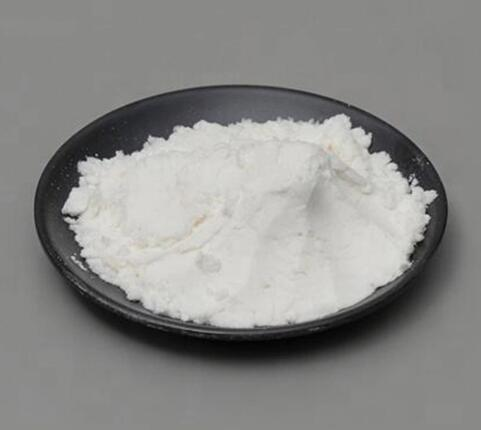
Puromycin dihydrochloride CAS:58-58-2 Manufacturer Price
Proteinase, also known as protease, is an enzyme produced by microorganisms that can break down proteins into smaller peptides or amino acids. This enzymatic activity is crucial for microbial growth and survival as it enables the microorganism to acquire essential nutrients from protein sources. Proteinases produced by microorganisms are widely used in various industries, including food and beverage, detergent, pharmaceutical, and biotechnology. They are employed for processes such as fermentation, protein hydrolysis, meat tenderization, cheese production, and protein purification. The neutral description signifies that proteinase from microorganisms does not possess any significant positive or negative impact in general but rather serves as a functional and practical tool in various applications.
-
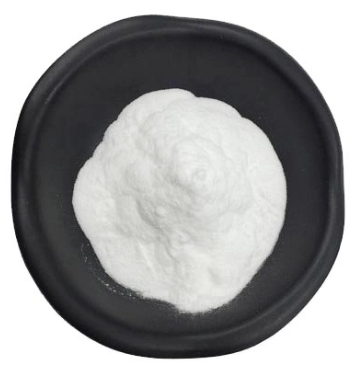
Neomycin sulfate CAS:1405-10-3 Manufacturer Price
Neomycin sulfate is an antibiotic medication belonging to the aminoglycoside class. It is commonly used to treat or prevent bacterial infections, particularly those affecting the skin and the gastrointestinal tract. Neomycin sulfate works by interrupting the protein synthesis process in bacteria, leading to their death.
Neomycin sulfate is primarily administered topically in the form of creams, ointments, or eye drops for skin and eye infections. It can also be given orally to treat certain gastrointestinal conditions, such as hepatic encephalopathy and certain types of diarrhea.
This medication is effective against a wide range of Gram-negative and some Gram-positive bacteria. It is commonly used in combination with other antibiotics to prevent the development of drug resistance.
-
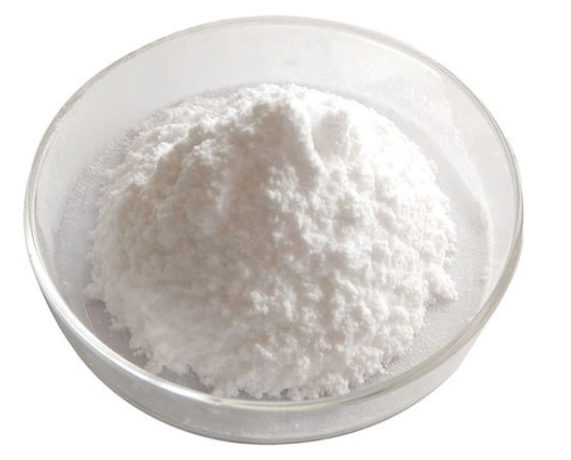
Geneticin disulfate CAS:108321-42-2 Manufacturer Price
Geneticin disulfate, also known as G418, is an antibiotic commonly used in molecular biology and cell culture to select cells that have been successfully transfected with genes of interest. It belongs to the class of aminoglycoside antibiotics and is derived from the natural antibiotic geneticin.
Geneticin disulfate works by binding to the bacterial ribosome and interfering with protein synthesis. This property makes it useful for selecting genetically modified cells that have been engineered to express antibiotic resistance genes. Only cells that have taken up and successfully integrated the desired genes will be able to survive in the presence of Geneticin disulfate.
-
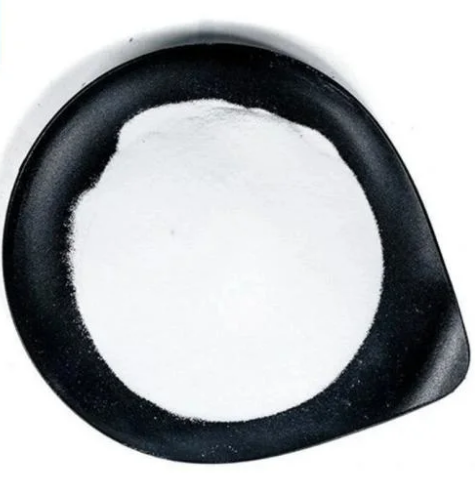
Gentamycin Sulfate CAS:1405-41-0 Manufacturer Price
Gentamicin Sulfate is an antibiotic that is used to treat bacterial infections. It works by stopping the growth and multiplication of bacteria, ultimately leading to their elimination. It is effective against a wide range of gram-negative bacteria and is commonly used for serious infections in various parts of the body. Gentamicin Sulfate can be administered intravenously, intramuscularly, or topically, depending on the specific infection and its severity.
-
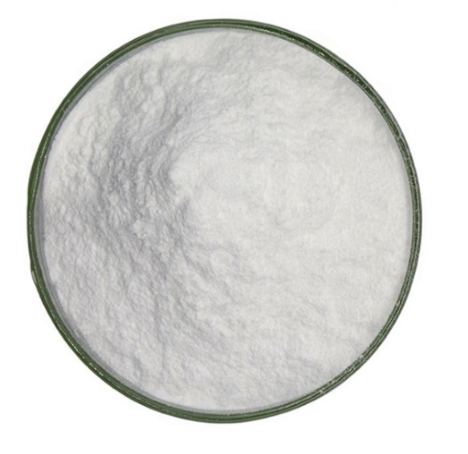
Gibberellic acid CAS:77-06-5 Manufacturer Price
Gibberellic acid is a plant hormone that plays a significant role in regulating plant growth and development. It is naturally synthesized by plants and can also be produced synthetically for various purposes in agriculture and horticulture.
Gibberellic acid promotes stem elongation, cell division, and seed germination. It can help plants grow taller, produce larger leaves, and increase internode length. This hormone is commonly used to induce flowering in plants, especially for crops that require longer photoperiods or specific environmental conditions to initiate the flowering process.
In agriculture, gibberellic acid has numerous applications. It can be used to increase fruit size and yield, enhance the development of seedless fruits, promote uniform ripening, and improve the quality of certain crops. Additionally, it can be utilized to break seed dormancy and stimulate seed germination for difficult-to-germinate seeds.
-
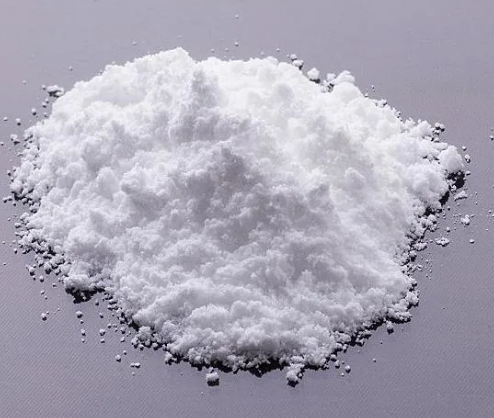
Glucose-6-Phosphate Dehydrogenase CAS:9001-40-5
Glucose-6-phosphate dehydrogenase (G6PD) is an enzyme involved in the glucose metabolism pathway. It plays a crucial role in the production of NADPH, a molecule essential for various cellular processes, including antioxidant defense and biosynthesis of fatty acids and cholesterol.
G6PD catalyzes the conversion of glucose-6-phosphate to 6-phosphogluconolactone, while simultaneously reducing NADP+ to NADPH. This reaction is important for maintaining a sufficient supply of NADPH in cells, which is required for cellular redox balance and protection against oxidative damage.
-

Hygromycin B CAS:31282-04-9 Manufacturer Price
Hygromycin B is an antibiotic commonly used in scientific research as a selectable marker for genetic modification experiments. It acts by inhibiting protein synthesis in cells and is effective against a wide range of microorganisms. It allows for the selection and maintenance of cells that have successfully incorporated target genes, while non-transfected cells die.
-

Kanamycin A Sulfate CAS:25389-94-0
Kanamycin A Sulfate is an antibiotic medication that belongs to the aminoglycoside class. It is primarily used to treat bacterial infections, particularly those caused by Gram-negative bacteria. Kanamycin A Sulfate works by inhibiting protein synthesis in bacteria, ultimately leading to their death.
This antibiotic is commonly used in both clinical and research settings. It can be administered orally, topically, or through intravenous (IV) injection, depending on the type and severity of the infection being treated. Kanamycin A Sulfate is often effective against infections that are resistant to other antibiotics, making it a valuable therapeutic option in some cases.
-
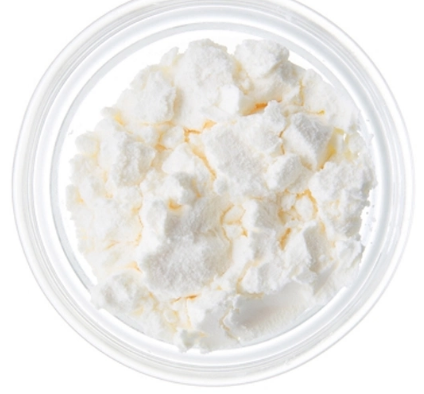
Ovalbumin from Egg White CAS:9006-59-1
Ovalbumin is a major protein component found in egg white. It makes up approximately 60-65% of the total protein content in egg white. Ovalbumin is known for its unique properties and functionalities, which make it useful in various applications.
As a protein, ovalbumin serves as a source of essential amino acids and contributes to the nutritional value of eggs. It also acts as a natural emulsifier, helping to stabilize and mix oil and water-based ingredients in food and cosmetic formulations. Ovalbumin can also function as a foaming agent, adding structure and texture to baked goods and other food products.
In addition to its culinary applications, ovalbumin is also used in scientific research and laboratory techniques. It can be utilized as a model protein in protein folding studies and in biochemical research to study protein-protein interactions.
-
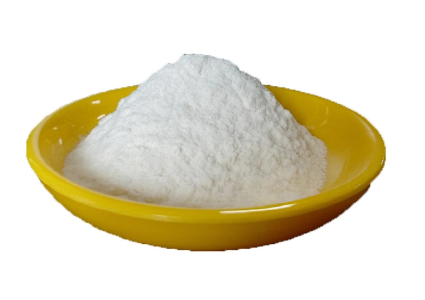
Coenzyme A free acid CAS:85-61-0 Manufacturer Price
Coenzyme A (CoA) is a molecule that plays a crucial role in several metabolic pathways in the body. Coenzyme A free acid refers to CoA in its unbound or unconjugated form. It consists of three main components: adenine, a ribose sugar, and pantothenic acid (vitamin B5). Coenzyme A acts as a carrier molecule, shuttling acetyl groups (two carbon units) between different enzymes and reactions involved in energy metabolism, fatty acid synthesis, and the breakdown of fats, carbohydrates, and amino acids. Coenzyme A free acid is essential for the proper functioning of numerous cellular processes and is involved in maintaining cellular energy homeostasis.
-

Hemin = Chlorohemin CAS:16009-13-5 Manufacturer Price
Hemin is a complex of iron and protoporphyrin IX that plays a vital role in various biological processes. It is an essential component of hemoglobin, the protein responsible for oxygen transport in red blood cells. Hemin is also involved in the synthesis of other heme-containing proteins, such as myoglobin and cytochromes, that participate in cellular respiration and electron transfer reactions.
-
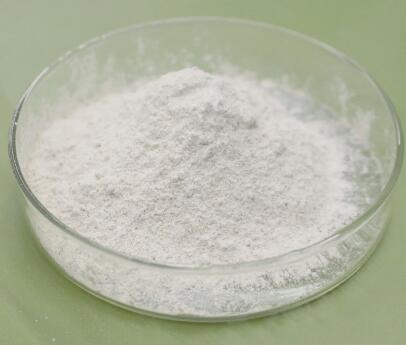
Penicillin G sodium salt CAS:69-57-8
Penicillin G sodium salt is a broad-spectrum antibiotic that belongs to the class of beta-lactam antibiotics. It is derived from the fungus Penicillium chrysogenum and is commonly used to treat a wide range of bacterial infections.
Penicillin G sodium salt works by inhibiting the synthesis of bacterial cell walls, leading to the disruption of cell wall formation and ultimately the death of susceptible bacteria. It is effective against various gram-positive and some gram-negative bacteria.

